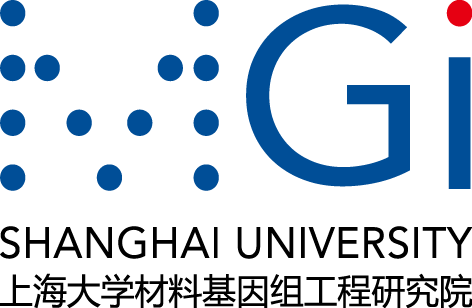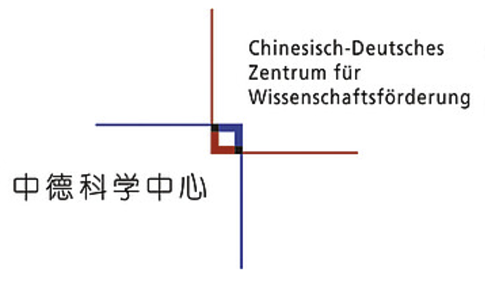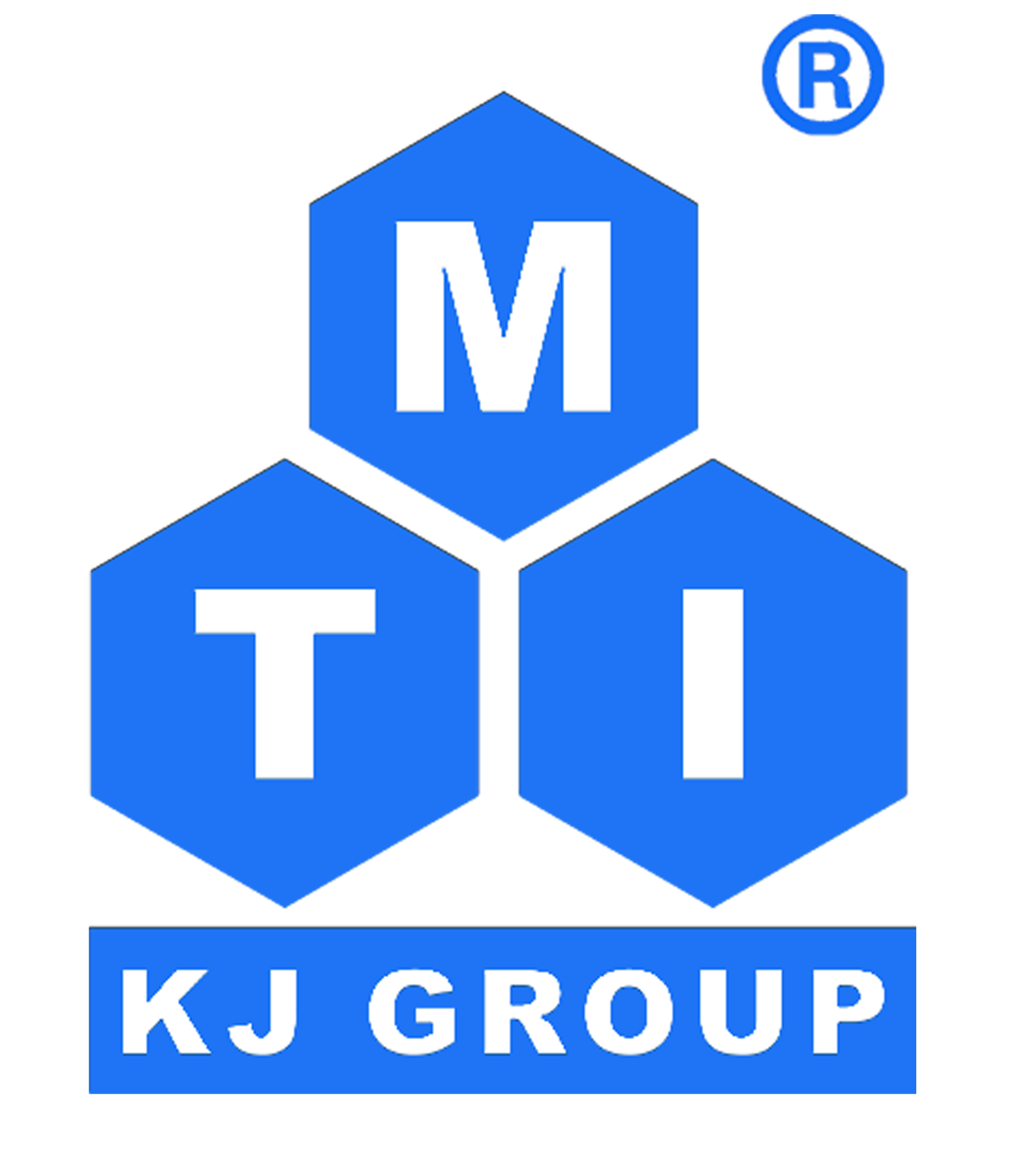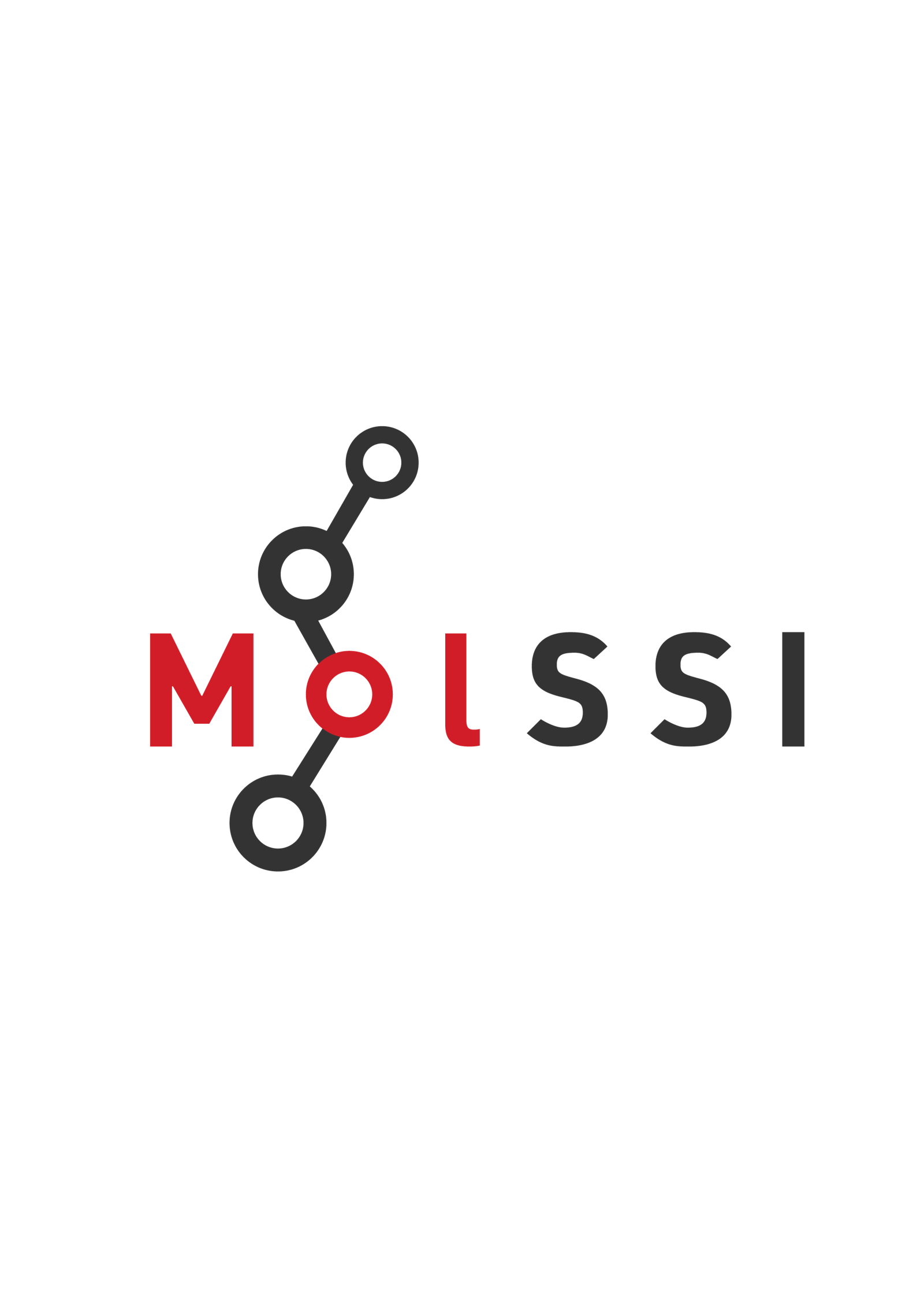X. Xu1*
1Department of Chemistry, Fudan University, Shanghai 20048, China
*Corresponding Author: xxchem@fudan.edu.cn
Density Functional Theory (DFT) is currently the most widely used and successful method for electronic structure calculations. However, as the exact functional is unknown, all DFT computations require using some forms of Density Functional Approximations (DFAs). We believe that, on one hand, it is necessary to develop increasingly accurate DFAs that incorporate the basic essence of physics; one the other hand, it is important to develop statistical models, using machine learning (ML) techniques, to correct the intrinsic errors of the existing DFAs. With more accurate data being accessible, new physics and new insights are expected to emerge. To this end, our group is dedicated to developing the doubly hybrid functionals of the XYG3 type, while also advancing multiple ML methods for accurate predictions of energies and properties. This report will introduce some of the effort and progress made by our group in developing AI-powered DFT methods.
Keywords: Density Functional Theory, DFT, XYG3, Machine Learning, R-xDH7-SCC15, X1, X3D, XPaiNN, SVM-M
References
1. Wang, Y.Z., Lin, Z.H., Ouyang, R. H., Jiang, B., Zhang, I. Y., Xu, X.. “Toward Efficient and Unified Treatment of Static and Dynamic Correlations in Generalized Kohn-Sham Density Functional Theory.” JACS Au (2024), 4(8), 3205-3216.
2. Chen, Y., Yan, W., Wang, Z., Wu, J., Xu, X.. “Constructing accurate and efficient general-purpose atomistic machine learning model with transferable accuracy for quantum chemistry”. Preprint at https://arxiv.org/abs/2408.05932 (2024)
3. Wu, A. A., Ye, Q., Zhuang, X. W., Chen, Q.W., Zhang, J.K., Wu, J. M., Xu, X.. “Elucidating Structures of Complex Organic Compounds Using a Machine Learning Model Based on the 13C NMR Chemical Shifts.”, Prec. Chem., (2023), 1(1), 57-68.
4. Zhou, Y.W., Wu, J.M., Xu, X.. “Improving B3LYP Heats of Formation with Three-Dimensional Molecular Descriptors”, J. Compt. Chem. (2016), 37, 1175-1190.
5. Wu, J.M., Zhou, Y.W., Xu, X.. “The X1 Family of Methods that Combines B3LYP with Neural Network Corrections for an Accurate Yet Efficient Prediction of Thermochemistry”, Int. J. Quantum Chem. (2015), 115, 1021-1031.
6. Zhang, I.Y., Wu, J.M., Xu, X.. “Extending the reliability and applicability of B3LYP”, Chem. Commun. (2010), 46, 3057-3070.
7. Zhang, I.Y., Xu, X., Goddard III, W. A.. “Doubly hybrid density functional for accurate descriptions of nonbond interactions, thermochemistry, and thermochemical kinetics”, PNAS (2009), 106(13), 4963-4968.
8. Wu, J.M., Xu, X.. “Accurate Prediction of Heats of Formation by a Combined Method of B3LYP and Neural Network Correction”, J. Compt. Chem. (2009), 30, 1424-1444.
Dr. Runhai Ouyang (DCTMD2024@163.com)












